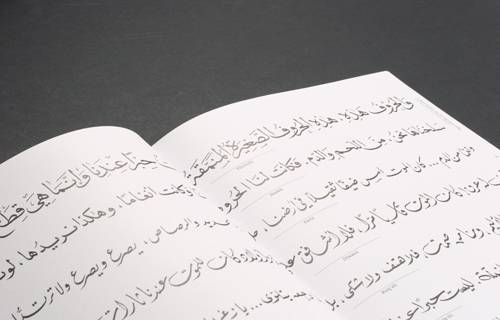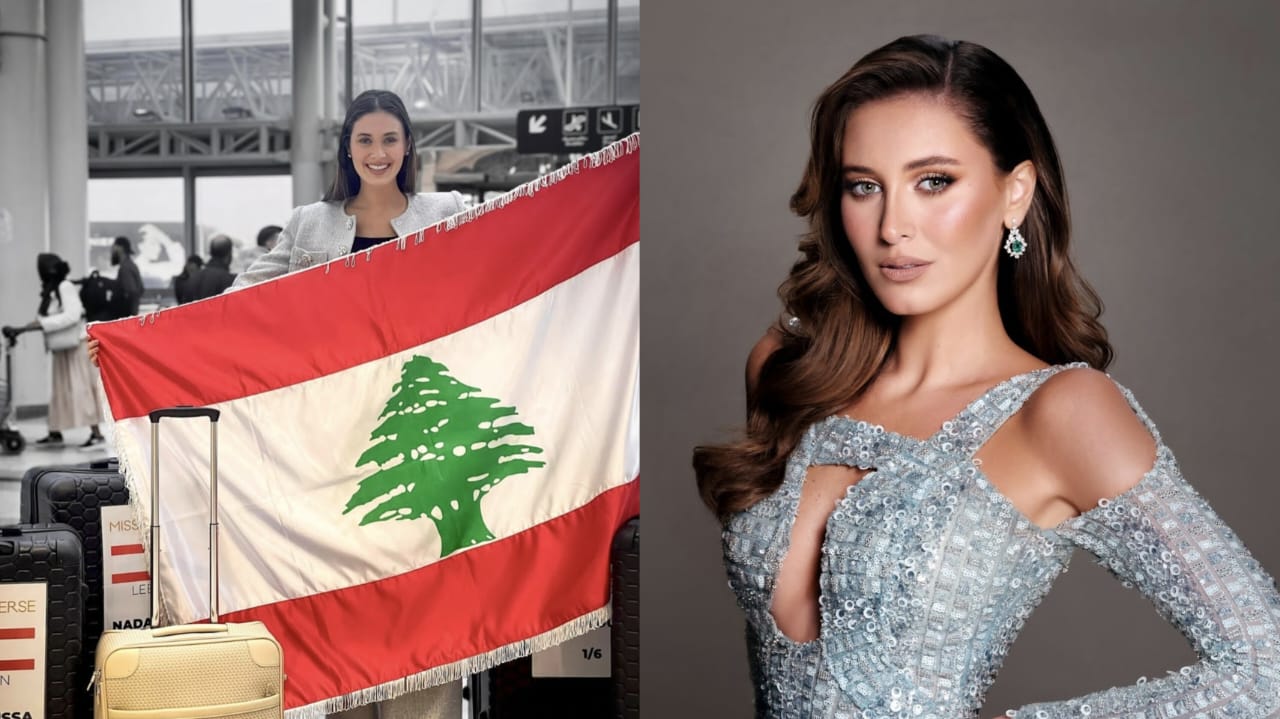The History Of Hamra, And The Families Who Lived There!
Do you know what Hamra Street used to be like in the old days? Discover all its hidden stories with us in today’s episode of Beirut’s Collective Memory, narrated by none other than Tarek Kawa.
I came here wanting to talk about Hamra Street… so many sources, so many stories…I thought it best to race back in history to 1404. Back then, there was a family called Talhouk living in this area, and the area was named Jurn Al Debb. And there was a clan known as Bany Al Hamra, who were a Bekaaii clan that would come and sell their agricultural crops to the Talhouk family in Jurn Al Debb. Upon a big dispute between the two families, the Talhouk family left Jern Al Debb, and the Al Hamra family settled in it instead and named it Karm Al Hamra. Some people even referred to it as Bustan Al Hamra.
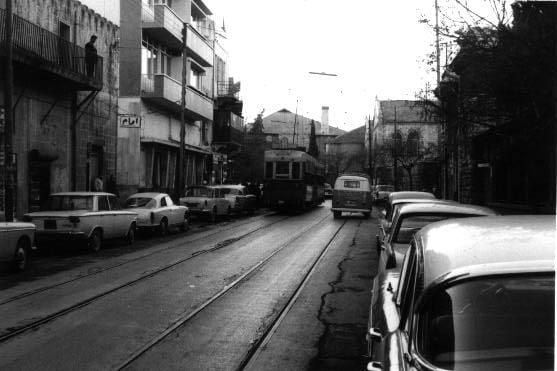
In 1407, the Al Hamra family bought the stone from the destroyed Church of the Savior, and used it to build the first school for them. Before we get close to 1914 and the changes that started to knock on the doors of Beirut, we must stop at the foundation of the Syrian Protestant College, or the American University of Beirut, in 1866 and the change it brought to Ras Beirut as a whole. Let’s go back to Hamra Street during 1914 to 1918, the area around Hamra was all orchards. Its inhabitants were mostly interested in planting gum trees (eucalyptus trees), since birds were then caught using gum made from the tree as glue, this was seen to be a profitable business.
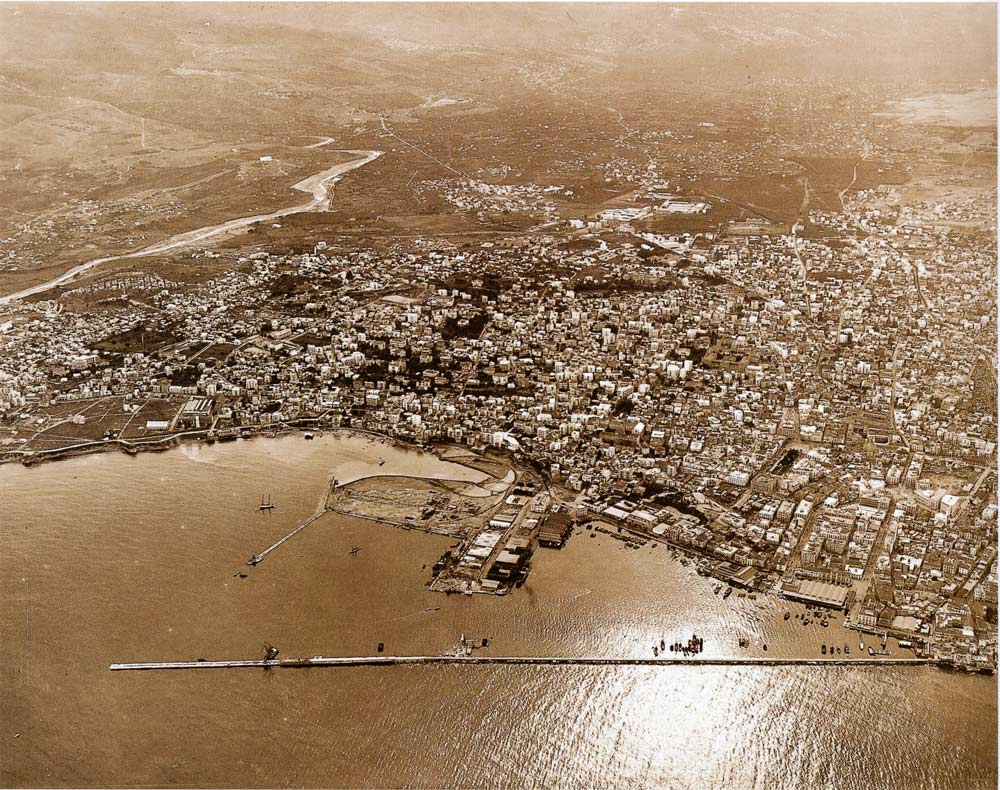
Hamra Street itself was a khandaq (trench) called the “trench of deebo,” meaning a person could barely pass by with their own deebeh. The area around Bliss, Jean D’arc, and Makhoul, was called the Zoukak Al Tantas. In 1918, the war ended and the Allies entered Beirut, and the street that was to become Hamra Street was named London Street, and the street that was to become Jean D’arc was named Champagnia Street. At this time, people began moving from inner Beirut to the Hamra neighborhood and its surroundings.
The first modern house in Hamra was built in 1923 by Professor Sealy, who was a professor at the American University at the time, where Horse Shoe cafe eventually would be. Others say that the first building was the Zico House, the building that houses City Pharmacy and where Habib Abou Shahla lived.
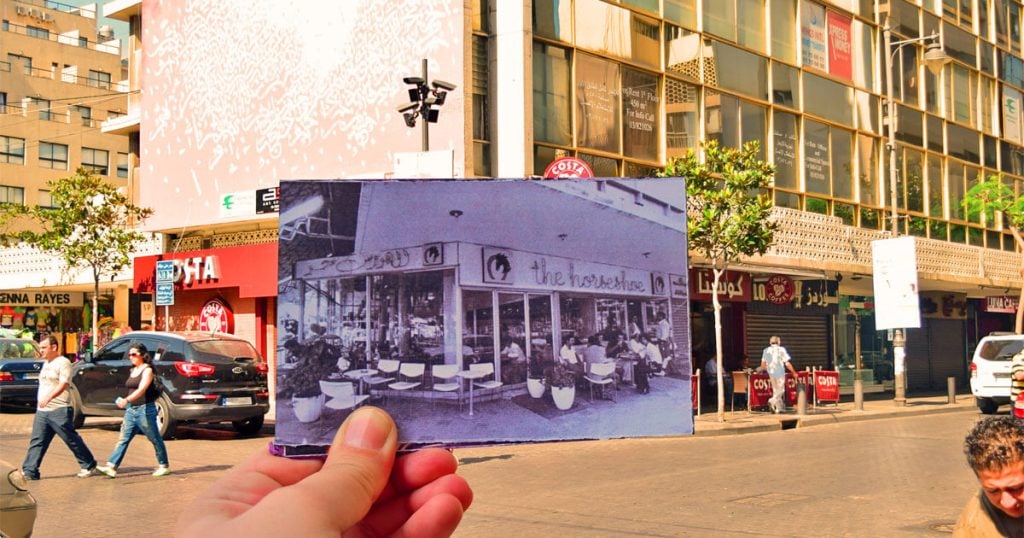
Anyway, everyone agrees that when the Tapline company opened its offices in the building opposite Modca, it marked the beginning of the transformation of Hamra Street from a residential street to a distinctive economic street. In 1933, the governor of Beirut, Salim Bey Taqla, decided to pave Hamra and its surrounding streets, further boosting its economic position.

At this time, the municipality began naming the streets surrounding Al Hamra Street after the families living there, such as Itani, Rbeiz, Souraty, Diab and many others. Other families, such as the Fakhoury family, had their workshop by the Bain Militaire, while the Hamandi’s workshop was located above the Dahr, i.e., Al Raouche. Here we need to return to the influence of the American University.
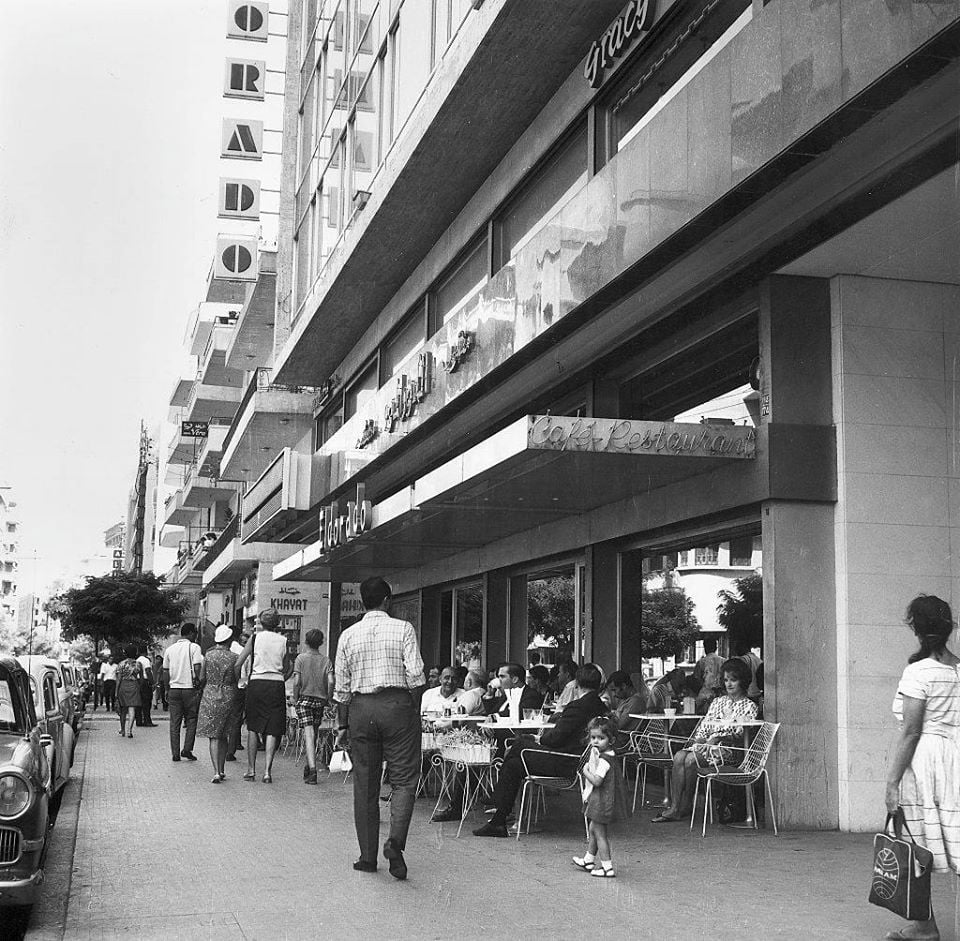
When the university was first built, there was a lot of objections from the inhabitants of Beirut, as it was built far from them. If anyone wanted to attend the university, they needed a mule, and at night a torch. It was also nearly impossible to walk since the area was covered in cacti and sand. But all of this changed in the 50s and early 60s, and this was the primary influence on the Hamra area, and particularly on Hamra Street.
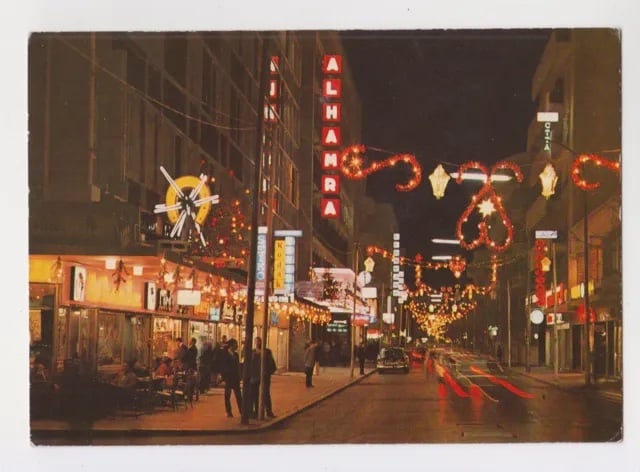
The students attending this university would eventually need accommodations, they needed small restaurants to eat at, they needed different means of entertainment. As a result of these demands, Hamra Street rapidly developed. Cinemas, cafes, and restaurants opened there, and these 1300 meters from Etoile to Abou Taleb became the most famous in the Middle East.
Do you have stories or anecdotes to share about Old Beirut? Email us!
collective-memory@beirut.com
To join the WhatsApp group that started it all and to tune in to more beautiful Beirut stories, click here
Join Group on WhatsApp
Sharing these stories would not have been possible without the work of following historians and researchers. If not for them and many others, Beirut’s heritage and history would have been lost. A special thanks goes out to:
Louis Cheikho – Taha Al Wali – Nina Jedejian – Hassan Hallak – Suheil Mneimneh – Abdul Lateef Fakhoury – Ziad Itani – Beirut Heritage Society – Ya Beyrouth Page


